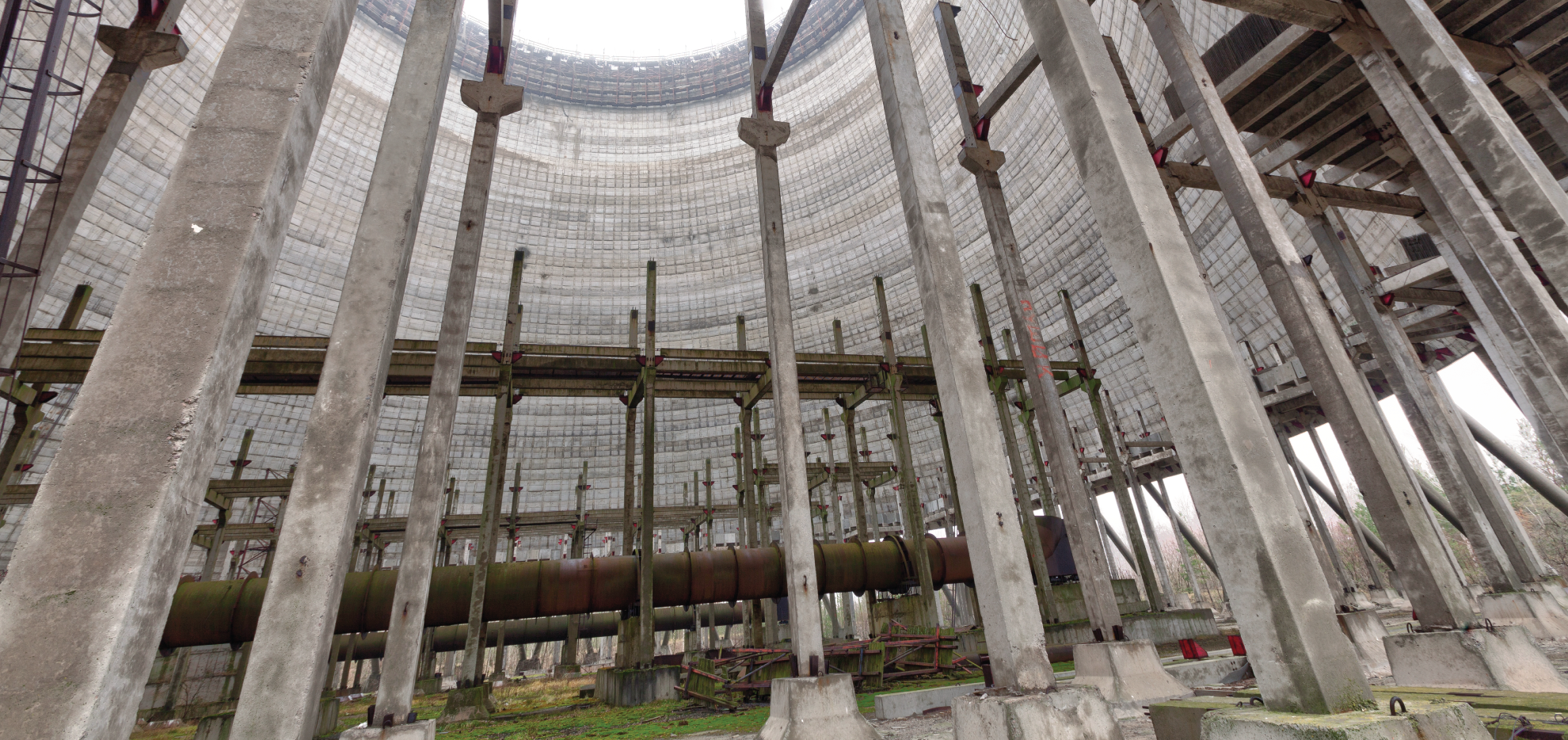Nuclear Piping –Classification and Stress Analysis

Nuclear Safety as defined by International Atomic Energy Agency (IAEA) <sup>[1]</sup> and Atomic Energy Regulatory Board of India (AERB)[2] in their safety guides is – The achievement of proper operating conditions, prevention of accidents or mitigation of accident consequences, resulting in protection of site personnel, the public and the environment from undue radiation hazards.
Safety Critical System or Safety Systems are the systems important to safety, provided to assure that, under anticipated operational occurrences and accident conditions, the safe shut down of the reactor followed by heat removal from the core and containment of any radioactivity, is satisfactorily achieved (examples are : shutdown systems, emergency core cooling systems, containment isolation system).
The fundamental objective of achieving safety is to take all practicable measures to –
- Prevent accidents; and
- Mitigate the consequences of accidents, if they occur, such that-
- likelihood of accidents with serious radiological consequences is extremely low, and
- radiological consequences would be below acceptable limits
Considering this fundamental objective, Structures, Systems and Components (SSCs) are graded and classified according to the role played by them to control radiological hazards. This is achieved by identifying the different safety functions performed by individual SSCs in terms of their role in achieving the safety objective. SSCs are classified according to their importance towards achievement of nuclear safety are known as Safety Class 1, Class 2, Class 3 and Class 4 in the decreasing order of importance. Remaining SSC’s are covered under ‘Not Important to Nuclear Safety’ (NINS) Class. This classification helps in establishing design requirements appropriate to their importance in achievement of nuclear safety.
Design requirements[3] in terms of code compliance for the nuclear piping depending upon safety classification is specified as –
- Safety Class-1 – ASME Section III NB
- Safety Class-2 – ASME Section III NC
-
Safety Class-3 – ASME Section III ND
-
Safety Class-4 – ASME B 31.1
-
Supports for Safety Class-1,2,3 equipment, valves and piping – ASME Section III, NF
Containment sealing bellows, embedded parts – ASME Section III, NE
AERB SAFETY GUIDE NO – AERB/NPP-PHWR/SG/D-1 on Safety Classification and Seismic Categorisation for Structures, Systems and Components of Pressurised Heavy Water Reactors may be referred for more details on safety systems.
The purpose of stress analysis for piping is to prove that it will not fail under various working conditions. Stress analysis of piping includes static analysis and dynamic analysis. Static analysis typically includes pressure, sustained load, thermal expansion and endpoint displacement. Dynamic analysis is for the accidental loads and seismic analysis is an important part of the dynamic analysis. Seismic loads are divided into two types: Operation Basis Earthquake (OBE) and Safe Shutdown Earthquake (SSE).
Operating Basis Earthquake (OBE)
An earthquake which, considering the regional and local geology and seismology and specific characteristics of local sub-surface material, could reasonably be expected to affect the plant site during the operating life of the plant. The features of nuclear power plant necessary for continued safe operation are designed to remain functional, during and after the vibratory ground motion caused by this earthquake.
Safe Shutdown Earthquake (SSE)
The earthquake which is based upon an evaluation of the maximum earthquake potential considering the regional and local geology and seismology and specific characteristics of local sub-surface material. It is that earthquake which produces the maximum vibratory ground motion for which certain (Safety Critical) structures, systems and components are designed to remain functional.
The OBE is considered as the design load, while the SSE is considered in analyzing for accident conditions.
Piping stress analysis activity involves following steps-
- Establish the geometry and finite element model, simulating the various parameters of the piping system (such as the piping layout, size, material, quality, welding, valves etc.)
- Apply boundary conditions, that is adding pipe supports and anchor point constraints. The stress of piping system and supports installation are closely related. The effect of boundary conditions and constraints imposed on the results of stress are far greater than the pressure and other loads
- Apply loads associated with each kind of condition according to the design requirements. For the piping stress analysis, a very important step is to determine the load conditions, which include different design conditions, class A, class B, class C, class D, and test condition. The loads that the class 2, 3 piping system to withstand can be divided into, sustained load, thermal expansion endpoint displacement, accidental loads etc
- Stress analysis, combine loads for each condition respectively. Modal analysis is performed before dynamic analysis
- Stress evaluation, calculate the stress for assessment for safe/unsafe conditions in accordance with the relevant formulas of the design specification
- Stress analysis report, documentation of the analysis method, inputs, criteria, results in the agreed format and template.
- Pipe Support Qualification, considering load combinations as per ASME Section III, NF.
TCE has more than 40 years of experience in design and engineering of nuclear power plants. We have been fulfilling the nuclear regulatory requirements, having been a part of most of the major nuclear projects in the nation. With rich experience and domain knowledge along with the use latest technology (3D and FEA), we put our unique capabilities to best advantage for clients.
References –
[1]AERB Safety Guide AERB/NPP-PHWR/SG/D-23
[2] IAEA Safety Reports Series No.28 AERB
[3]Safety Guide AERB/NPP-PHWR/SG/D-1
[4] IAEA Safety Fundamentals SF-1





